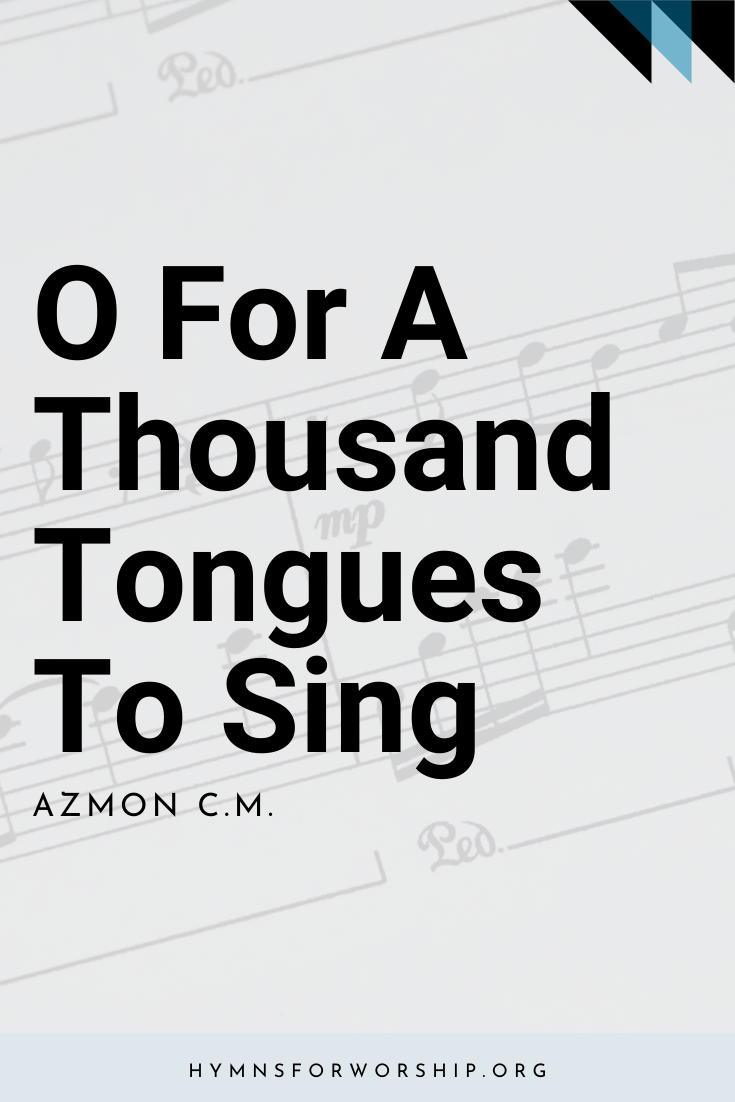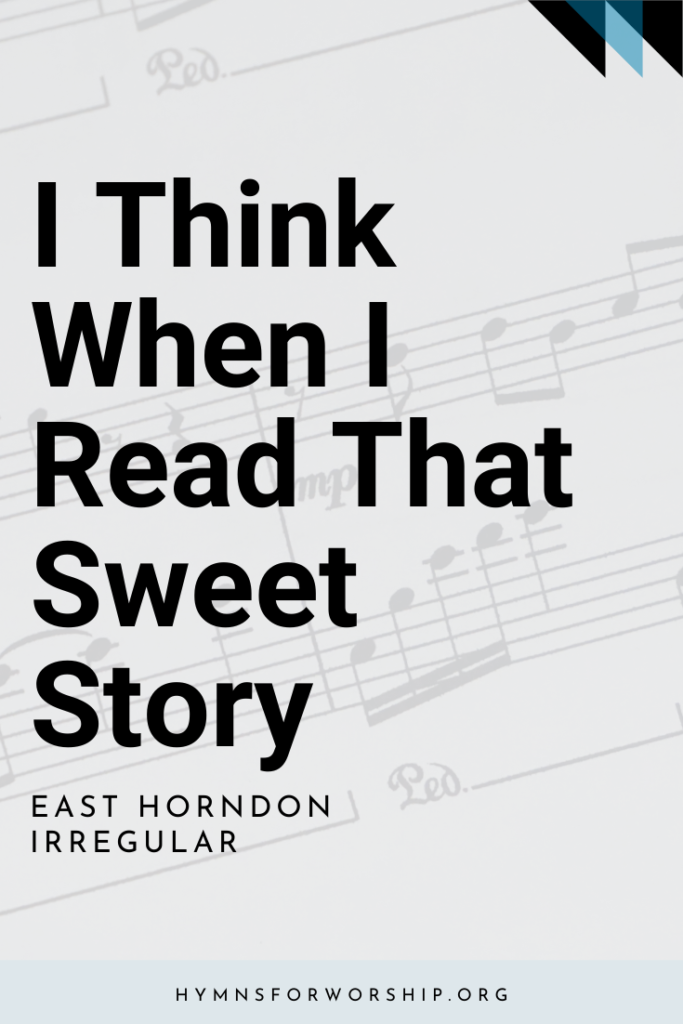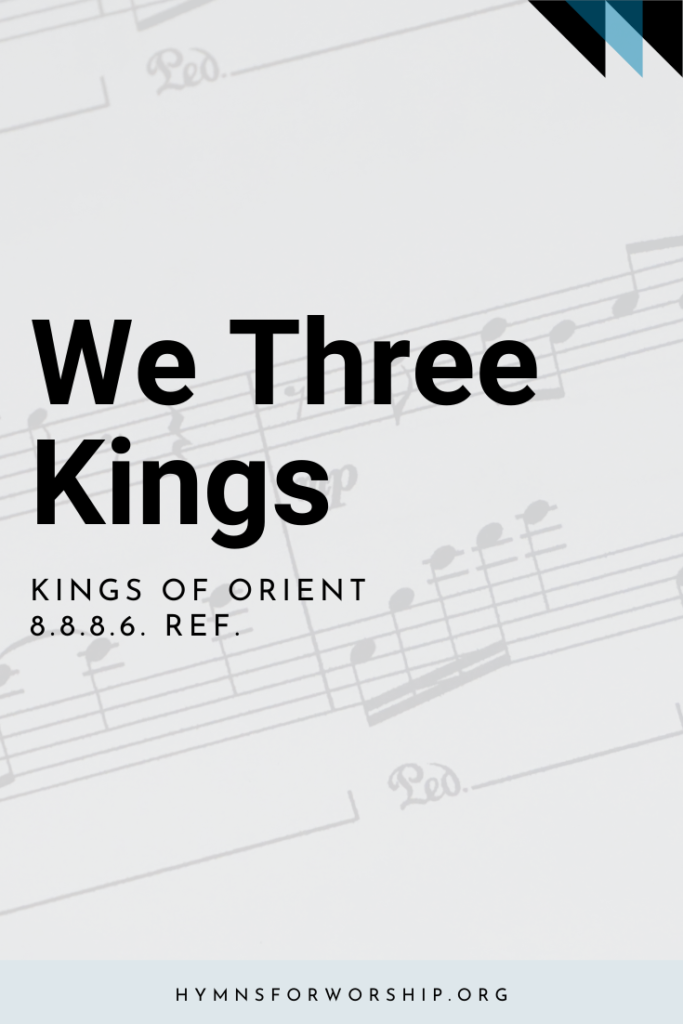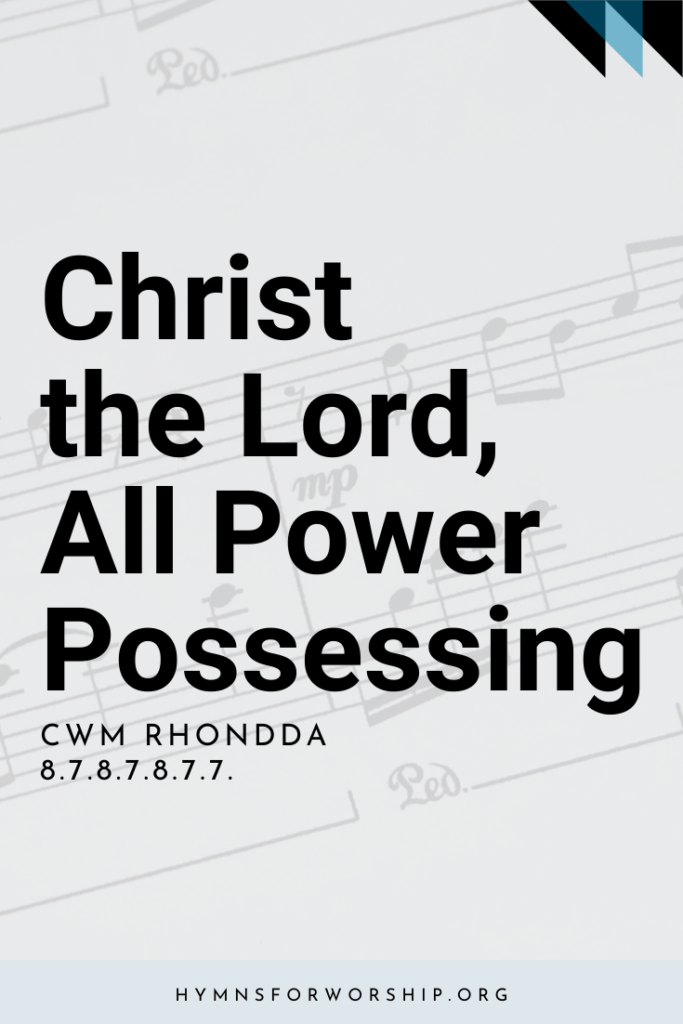JESUS CHRIST >> GLORY & PRAISE
SDAH 250
O for a thousand tongues to sing
my great Redeemer’s praise,
the glories of my God and King,
the triumphs of his grace!
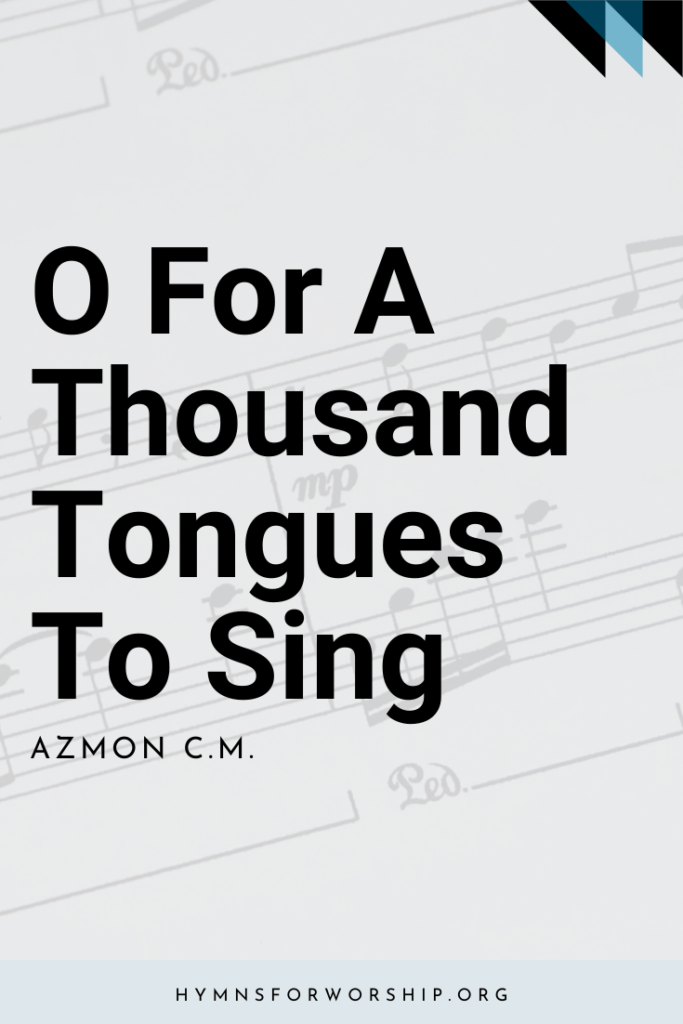

Text
1
O for a thousand tongues to sing
my great Redeemer’s praise,
the glories of my God and King,
the triumphs of his grace!
2
My gracious Master and my God,
assist me to proclaim,
to spread through all the earth abroad
the honors of thy name.
3
Jesus! the name that charms our fears,
that bids our sorrows cease;
’tis music in the sinner’s ears,
’tis life, and health, and peace.
4
He breaks the power of canceled sin,
he sets the prisoner free;
his blood can make the foulest clean;
his blood availed for me.
5
He speaks, and listening to his voice,
new life the dead receive;
the mournful, broken hearts rejoice,
the humble poor believe.
6
Hear him, ye deaf; his praise, ye dumb,
your loosened tongues employ;
ye blind, behold your Savior come,
and leap, ye lame, for joy.

Hymn Info
Biblical Reference
(a) Ps 96:2, 3 (b) Ps 96:10 (d) Rev 1:5
Author
Charles Wesley (1707-1788)
Year Published
1739
Hymn Tune
AZMON
Metrical Number
C.M.
Composer
Carl G. Glaser (1784-1829)
Arranged
Lowell Mason (1792-1872)
Theme
GLORY AND PRAISE
Hymn Score
Piano Accompaniment
Recommended Reading
Charles was the other Wesley. Alongside his brother John who was considered the main guy behind the founding of Methodism, it was Charles’ hymns that pushed through the envelope of being “just another religion.” His lasting and well-known hymns have captivated Christians all around the world. Through his poetic lines, we are able to sing many hymns with such deep theology.
It was said that he wrote 8,989 hymns. That’s 10 lines of poetry every single day for 50 years. And we are privileged to have sung some of those hymns. Tell me, don’t these hymns ring a bell for you? Continue reading.
Notes
Get to know the hymns a little deeper with the SDA Hymnal Companion. Use our song leader’s notes to engage your congregation in singing with understanding. Even better, involve kids in learning this hymn with our homeschooling materials.
Charles Wesley (1707-1788; see Biographies) underwent a great spiritual change on May 21, 1738; he dated his real conversion from this experience. On the first anniversary of his conversion, and inspired by his Moravian friend Peter Bohler’s remark, “Had I a thousand tongues, I would praise Jesus Christ with them all,” Wesley burst forth in this rapturous poem of 18 stanzas. His title was “For the Anniversary Day of One’s Conversion.” The first six stanzas, now omitted, show the very personal nature of Wesley’s experience. Then followed the six stanzas SDAH uses, and five others addressed respectively to nations, harlots, thieves, and murderers, concluding with:
18. With me, your chief, you then shall know,
Shall feel your sins forgiven;
Anticipate your heaven below,
And own that love in heaven.
For his 1780 Collection of Hymns for the Use of the People Called Methodist, John Wesley began the hymn with SDAH’s stanza 1 and established the practice, observed in all Methodist hymnals except the one published in 1935, of making this No. 1 hymn. So we can safely call it the foremost hymn of Methodism.
The tune AZMON, an old Testament name meaning “bonelike” and having no particular significance, was picked up by Lowell Mason (1792- 1872; see Biographies) on one of his trips to Europe, and first printed in his Modern Psalmist, 1839. It was originally in 4/4 time but has also been used in 6/8,3/4, and 3/2, as SDAH has it. Carl Gotthilf Glaser was born May 4, 1784, in Wessenfels, Germany, 20 miles east of Leipzig. In that city he became a chorister at St. Thomas’ Church, where J.S Bach (see Biographies) had earlier served as master musician. At first Glaser studied law at the University of Leipzig, but he then turned to music, becoming a teacher of violin, piano, and voice. He also was a choir director and operated a music shop. Besides being a music publisher, he composed motets, instrumental music, and school songs. He died at Barmen, Germany, April16, 1829.

